Reading decimals
As you saw on the last page, decimals look a lot like a regular numbers, with a few important differences. First, all decimals have a decimal point (.). The decimal point looks like a period. Any number to the left of the decimal point is a whole number. The numbers to the right are like a fraction—they're less than 1 whole but more than 0.
For example, let's take a look at this decimal.
9.6
9 is on the left of the decimal point, so we have 9 whole things. 6 is on the right, so we also have 6 parts of a whole.
We see written decimals all the time in real life. For example, you might know that the average body temperature is 98.6 degrees. Or you might tune in to a radio station like 97.5. But do you know how to read these decimals out loud?
Click through the slideshow to learn how to read decimals.
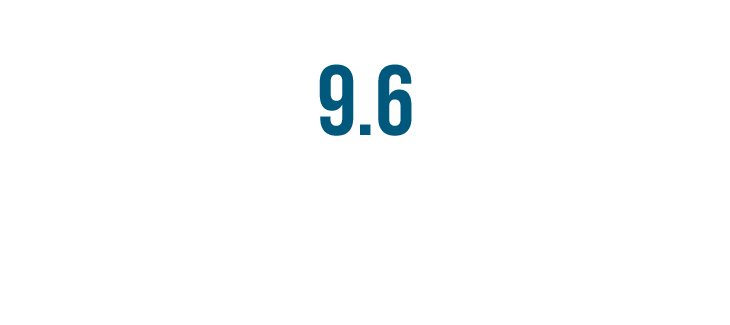
Let's try reading this decimal: 9.6.
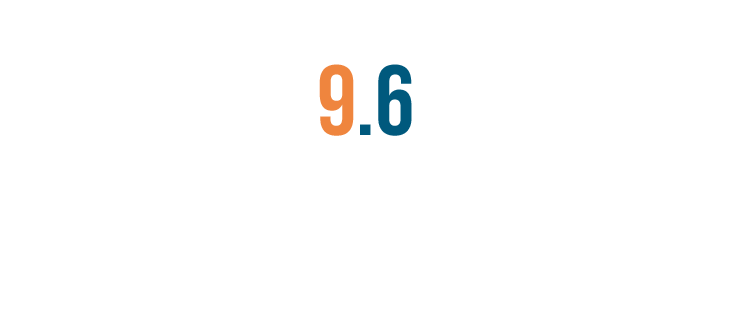
First, we'll read the number to the left of the decimal point. That's nine.
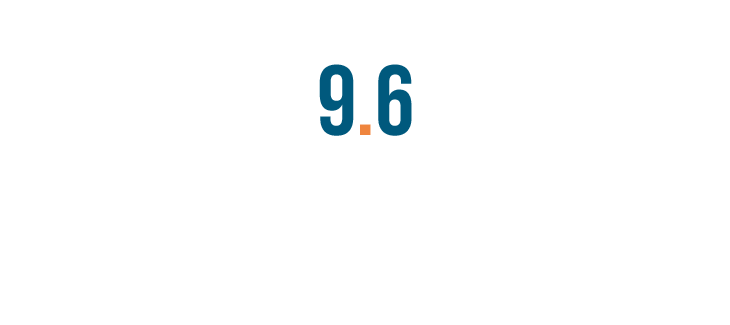
Next, we'll read the decimal point. Usually, you'll just say "point".
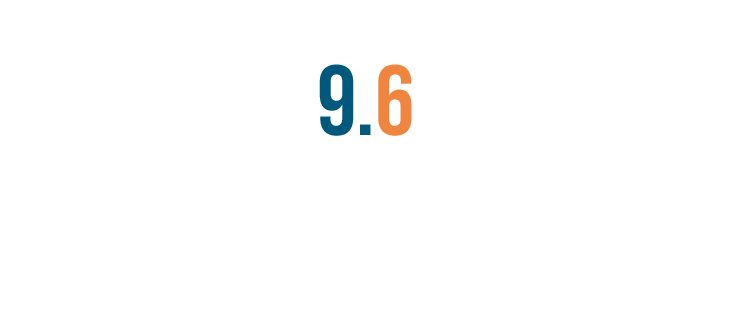
Finally, we'll read any number to the right of the decimal point. That's six.
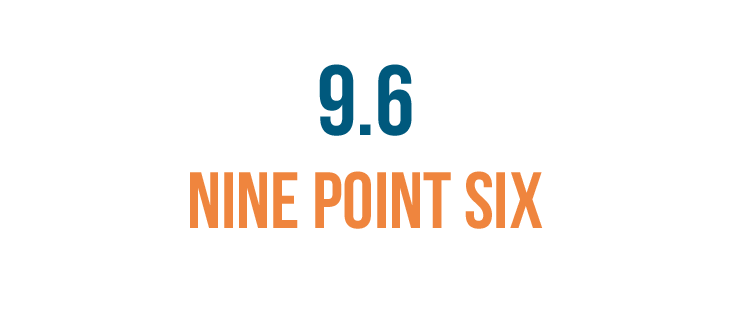
So, we'd read 9.6 like this: nine point six.
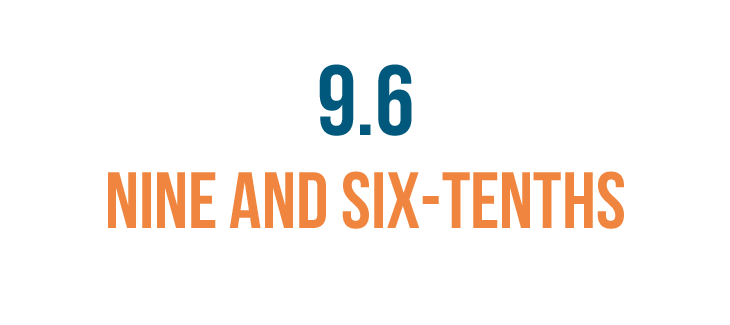
But you could also read it like this: nine and six-tenths.

When you read decimal numbers, each place to the right of the decimal point has a special name.
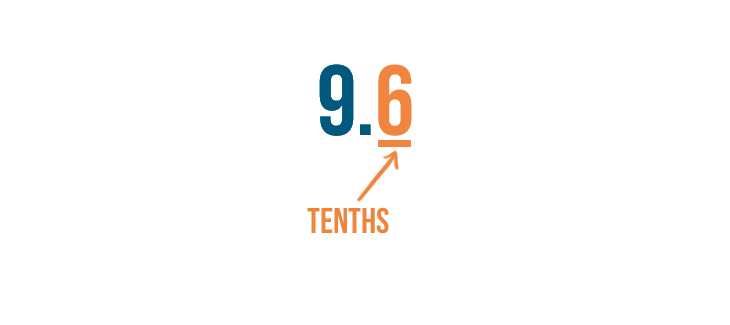
The place immediately to the right of the decimal point is the tenths place.

Here, the decimal means we have .6, or six-tenths, of a whole.

You might remember from Introduction to Fractions that six-tenths is just another way of saying 6/10.

So 9.6 means we have 9 whole things and 6/10, or six-tenths, of another thing.
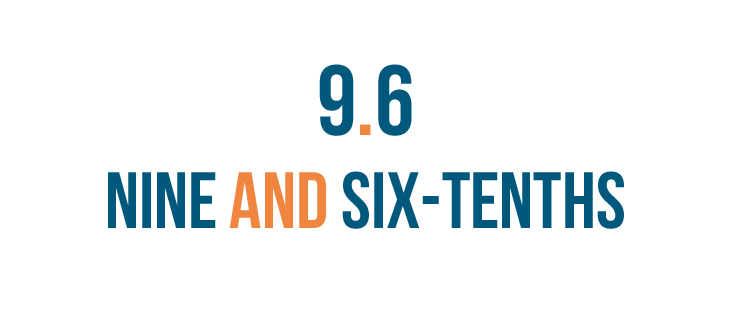
Since we have nine and six-tenths, the word "and" replaces the decimal point.

Let's try another example. How would you read this decimal? 0.25.

We can read 0.25 as zero point two five...
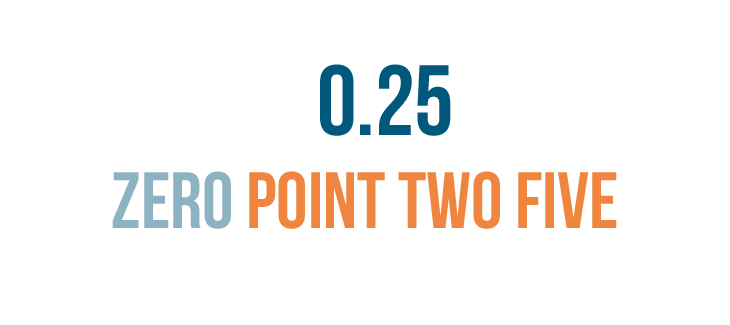
We can read 0.25 as zero point two five...or leave out the zero and just say point two five.

But we could also read it like this: twenty five-hundredths.
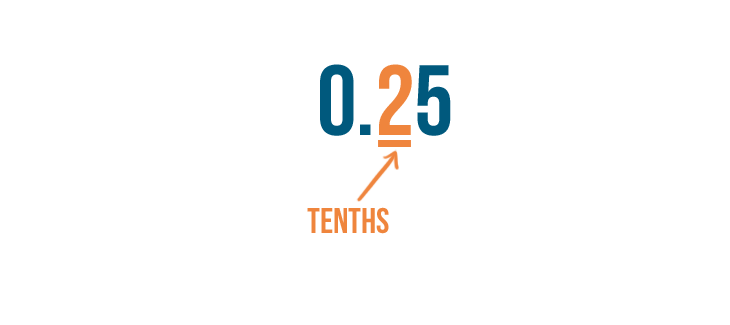
Let's look at our decimal places again. 2 is in the tenths place, so we have two-tenths.
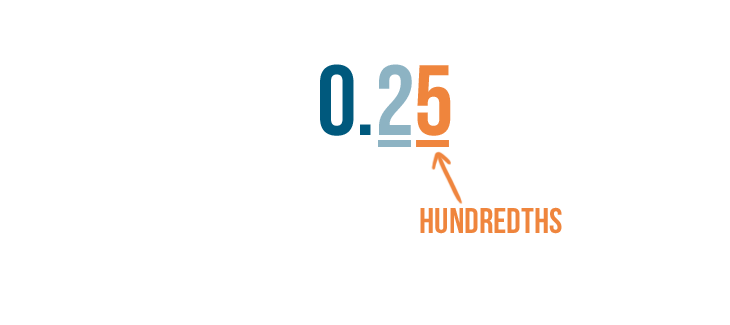
Next is the hundredths place. In this example, 5 is in the hundredths place, so we have five-hundredths.
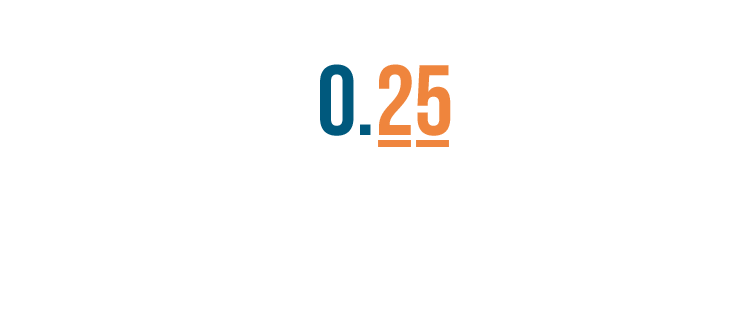
When we read this number aloud, we'll say the 2 and 5 together as "twenty-five".
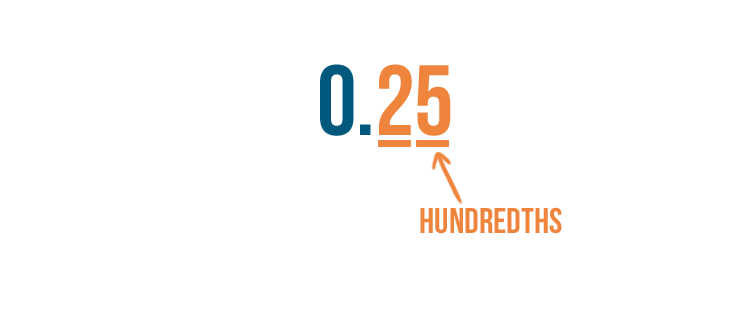
We'll also say the decimal place that is farthest to the right. In our example, that's the hundredths place.

So we'll read 0.25 as twenty five-hundredths.

This is just another way of writing 25/100.

To figure out how many hundredths we had total, we could have added these numbers: two-tenths and five-hundredths.

2 tenths is the same as 0.20, or twenty-hundredths.
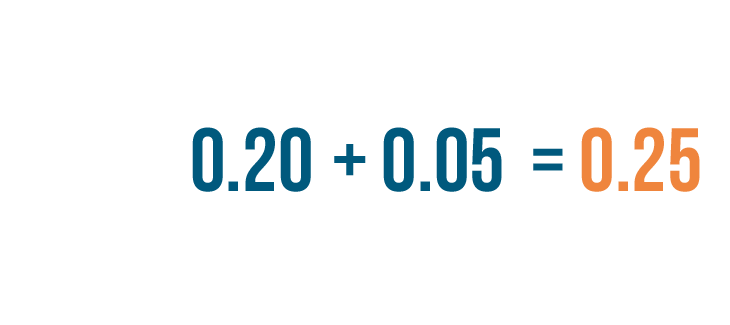
0.20 plus 0.05 equals 0.25, or twenty five-hundredths.
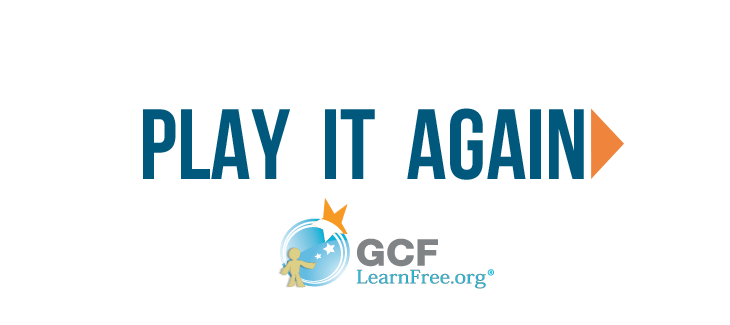
Now it's your turn! Try reading the decimals below aloud.






























